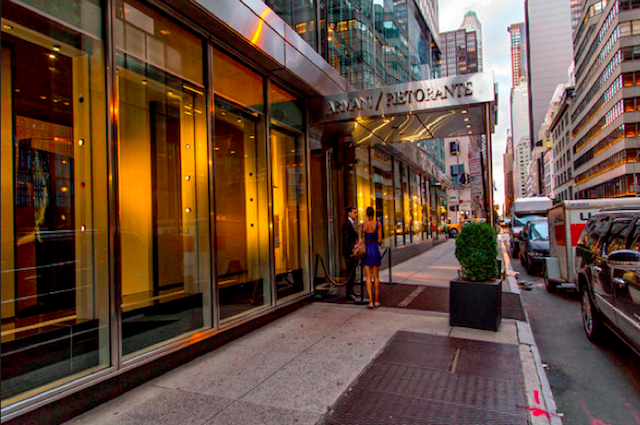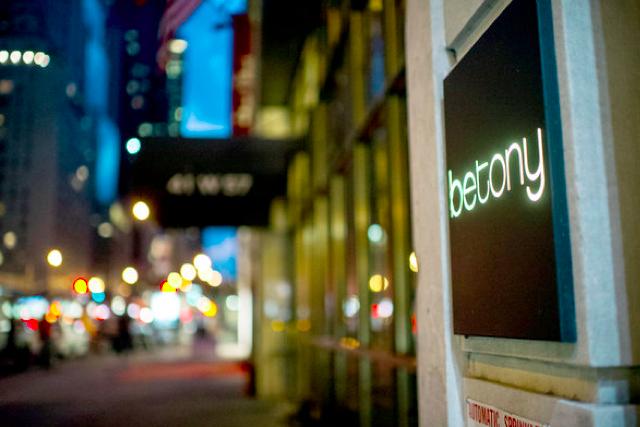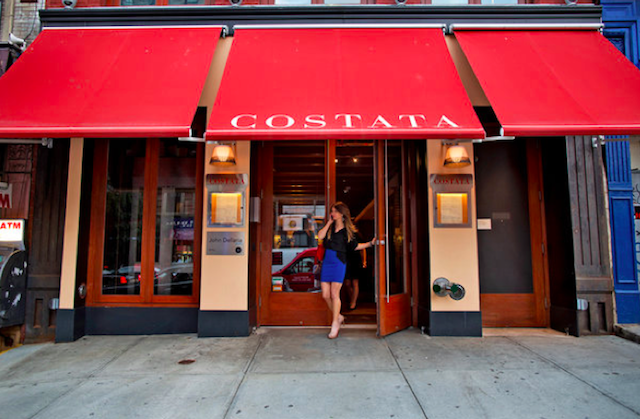Big Stars and Brooklyn
 Wednesday, October 9, 2013 at 12:35PM
Wednesday, October 9, 2013 at 12:35PM Since his early days in New York kitchens, Atlas in 2000 and Papillon in 2001, Paul Liebrandt has had a by-any-means-necessary attitude in his quest for perfection. Having shared our thoughts on The Elm (and the N.Y. State of Restaurant Minds) back in July, we were curious to know what Pete Wells would think of the chef's latest venture. Today, he awards the restaurant two stars.
"The Elm, in other words," the critic writes, "would be just like a hundred other restaurants if not for Mr. Liebrandt. He has ratcheted down the complexity and the number of surprises in his cooking," Wells says, comparing Liebrandt's cooking in Williamsburg to Tribeca, where the chef left his most recent post at Corton this summer. "This could have dumbed down the cuisine, but it has focused its pleasures instead."
"A dish called Flavors of Bouillabaisse, in quotation marks, sounds ominous," Wells writes, before concluding, "It is lovely. Mr. Liebrandt has kept it in seafood-stew form but rearranged the emphasis." And in the Summer Garden, with an array of vegetables, the critic notes some were "raw, some were pickled, some were roasted, some were braised; all tasted extremely fresh and delicious."
Wells touches on the restaurant's price point. He writes, "But while you can find a couple of sleepwalkers on nearly any menu, you’d be lucky to find just one dish as good as Flavors of Bouillabaisse. The Elm has at least a half-dozen that equal or surpass it, and none of them is more than $30." More than $30? The times they are a-changin'. How long ago was it when entrees in and around Williamsburg weren't more than $20? Then again, when was the last time a Michelin starred chef thought it a solid career move to leave Manhattan for Brooklyn? It's a move that seems enticing to more and more chefs and restaurateurs. Eater notes Tom Colicchio is opening some version of his Craft empire in Downtown Brooklyn, Hill Country hopes to open their location in the same neighborhood by year's end, and Grand Central Oyster Bar will soon be in Park Slope.
Despite the pair of stars, Liebrandt's new project in the King & Grove Hotel is closer to Corton and Manhattan fine dining than it is what we've dubbed the two-star template – the current trend of sophisticated food served cheaply in casual, whimsical, and oft slightly boisterous environs. Then again, Liebrandt has worked against the grain from the moment he donned an apron. Maybe he's a trendsetter. His presence in Brooklyn certainly reveals the borough's changing landscape and, with The Elm, he's taken a giant leap towards proving it can sustain a highly-refined and well-curated vision.


